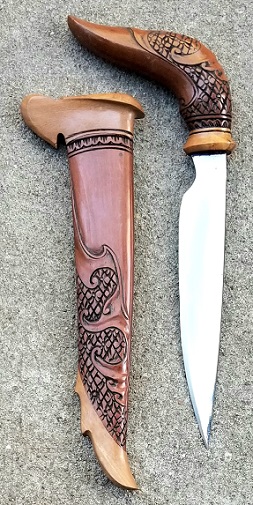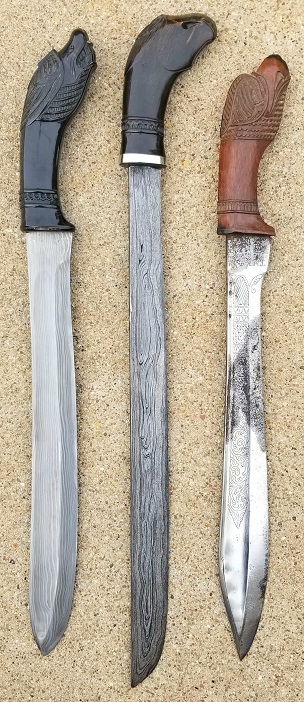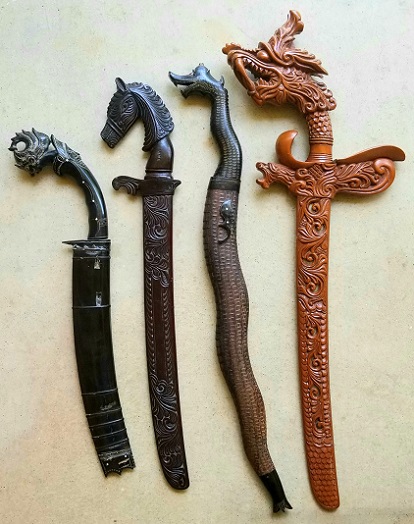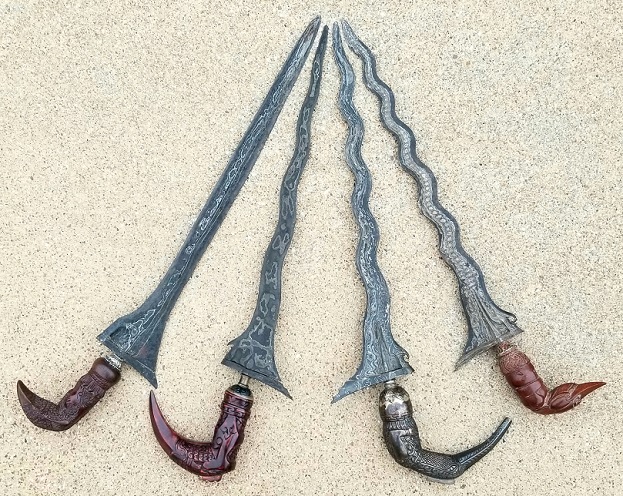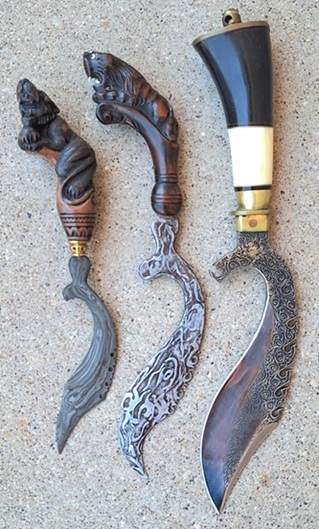Subject: kiyayi
Culture: Sundanese
Setting: Banten sultanate and successors, Sunda straits / west Java 18-19thc
Evolution:
Context (Event Photos, Primary Sources, Secondary Sources, Field Notes)
* Lapidus 1988 p758
"In the Banten region of Java, kiyayi and peasant resistance was virtually endemic. Banten had been conquered in the fifteenth and early sixteenth centuries by Muslims who set out the system of wet rice cultivation and established a system of feudal rule. The rice fields were cultivated by peasants on condition that they paid a tribute, and performed labor services, such as constructing roads. Some categories, called abdis, were obliged to perform personal services in the household of the sovereign or the lords as well. The lords' rights to personal services led to frequent abuses as people were comandeered to clean gardens, collect firewood, gather fodder for horses, and do other household tasks.
* Tagliacozzo 2005 p121
"In western Java, around Banten, the violence and instability were far more serious in 1888. European hostages were taken by armed crowds of Muslim 'radicals,' and many of them, including an assistant resident, a salt caretaker, a town mayor, and members of their immediate families, were eventually killed. The Indische Gids furiously upbraided the government for not having an idea of what had caused these riots, as well as for Batavia's inability to deal with those involved in an organized (and efficacious) fashion."
Sword
* Steel and magic 2020 p69
"Some of the finest golok were made in Sunda (West Java), where they became both status symbols and souvenirs for Westerners. It is not unusual to see a golok made with a local blade but in the style of Western hunting daggers or swords. Sundanese blades are often engraved with the village of production (like Tjikeroeh, Tjibato, or Tjipatjing, etc. in the colonial spelling) and sometimes the year of manufacture."
* Steel and magic 2020 p87
"The golok is perceived as a national weapon in West Java (Sunda region) ...."
* van Zonneveld 2001 p
Dagger
* van Zonneveld 2001 p
"
Kujang
* Elgood 2004 p234
"In south-east Asia there is an ancient and sacred weapon used by the kings known as a ... kujang (Sundanese) and considered a symbol of sovereignty. It was used in rituals and has a broad sickle blade and appears in Borobudur iconography."
* Sanders 1998 p159
"The kujang, a wicked knife, [was] originally made by an ancient king in Java to be roughly the shape of the island. It is sharp on both sides, often with vicious jagged points along the top edge. Because of its various curves and balance it can be used to slash, stab, redirect like the karambit (tiger claw) and has even been used as a sort of spear."
* Richardson 2015 p122
"The most extravagant form of blade is found in the kudi or kudi tranchang of Java, also known as the kujang of the Sunda of western Java, which has a forward curved blade in the form of a question mark, with a stylized bird's head at the tip, and a hilt with a down turned grip and yataghan-like pommel."
* van Zonneveld 2001 p
"
Knife
*
"
